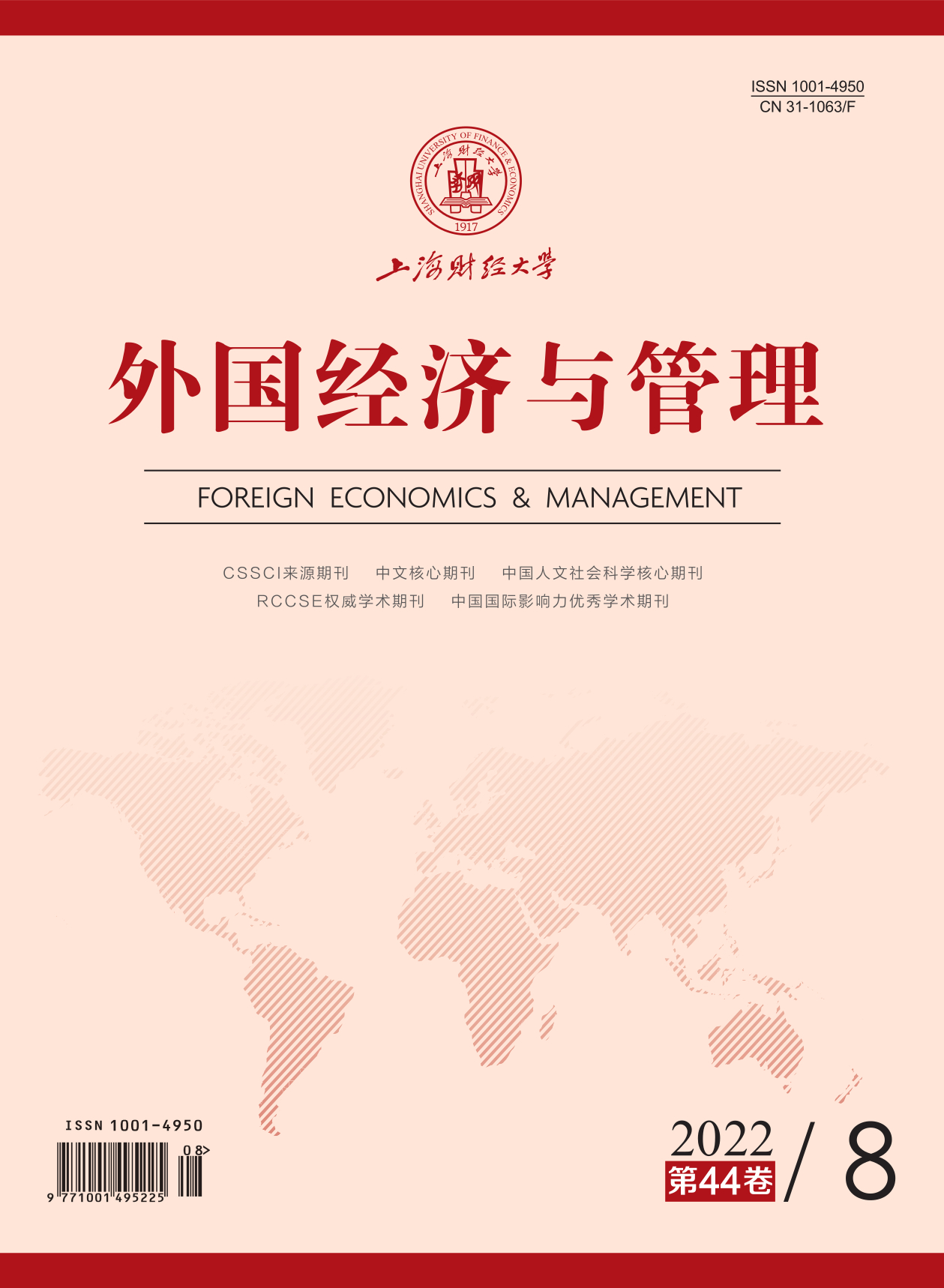The workforce is aging in most developed and many developing countries. In this context, scholars have become more and more interested in the topic of “successful aging at work” (SAW). However, there are few research results in the Chinese context, and there is also a lack of a systematic review of this topic, which is not conducive to further research. This paper conducts a systematic review of related literature, including the definition, measurement, antecedents, consequences and implementation strategies of SAW. The purpose of this paper is not only to review the existing research, but also to attract the attention of scholars for SAW.
Firstly, this paper illustrates the definition and measurement of SAW. Specifically, SAW means that with the growth of age, workers can maintain or improve a positive working state and result by effectively integrating internal and external resources, which is both a process and a result. At the same time, scholars have constructed different measurement standards based on the definition of SAW. Because of the diversified characteristics of success, most of the existing SAW measurements include multiple dimensions. Generally speaking, the measurement standard of SAW includes both subjective and objective indicators. The former includes security, well-being, work motivation, and work attitude; while the latter includes career development, job performance, occupational health, work ability, continuous attention and achievement of goals, and resignation and job-seeking behavior.
Secondly, this paper summarizes the influencing factors of SAW. At the individual level, the influencing factors include future time perspective, proactive characteristics, and emotional labor. At the enterprise level, the influencing factors include work relationship, job characteristics, and training. At the social level, the influencing factors include work-family conflict and social support. Then, this paper systematically combs the impact results, which include attitude and behavior. The former includes retention intention, early retirement intention, and retirement preparation; while the latter includes offline intergenerational knowledge contribution behavior and performance evaluation. Further, combined with the research on the influencing factors of SAW, this paper summarizes two strategies to achieve SAW: individual behavior strategy and organizational human resource management practice. Finally, the following aspects need to be further discussed: First, pay attention to the concept of SAW. Second, standardize the measurement standard of SAW. Third, expand the research methods and objects. Fourth, discuss the influencing factors and mechanism of SAW in depth. Fifth, enrich the research on its impact effect.
In general, SAW is an important research topic which is in the growing period. This paper reviews the existing research on SAW, focusing on the four major questions: What is SAW? What are the antecedents and consequences? What can we do in the face of an aging workforce? What else should we pay attention to in the future? By answering the above questions, this paper presents a clear and complete research framework, which is helpful to deepen the understanding of SAW, and provide inspiration for exploiting the potential of older workers.





 4442
4442  5751
5751

